Updated as of Sept. 13, 2019: These changes to refuge access were finalized on September 10, 2019 after a public comment period. The Interior Department will indeed expand hunting and fishing opportunities on 77 national wildlife refuges and 15 fish hatcheries.
In a ceremony at Ottowa National Wildlife Refuge in Ohio this summer, Secretary of the Interior David Bernhardt announced a proposal to expand hunting and fishing access on some U.S. Fish and Wildlife Service-run refuges and fish hatcheries and open new sportsmen’s access on others. This recognizes the value of hunting and fishing to the American economy and addresses one of the major threats to hunting and fishing participation—lost access.
“This announcement will benefit America’s sportsmen and women by providing access to prime hunting and fishing areas,” said Christy Plumer, TRCP’s chief conservation officer. “As public access remains a challenge across the nation, opportunities like this are a shining example of what we can do to support our outdoor recreation economy.”
A public comment period allowed Americans, including representatives of state agencies that work in partnership to manage wildlife on these public lands, a chance to weigh in on the changes. Important feedback and calls for clarification are addressed within the official rule posted to the Federal Register.
These are just a handful of the areas that will provide new hunting and fishing access to all Americans by the fall opener.
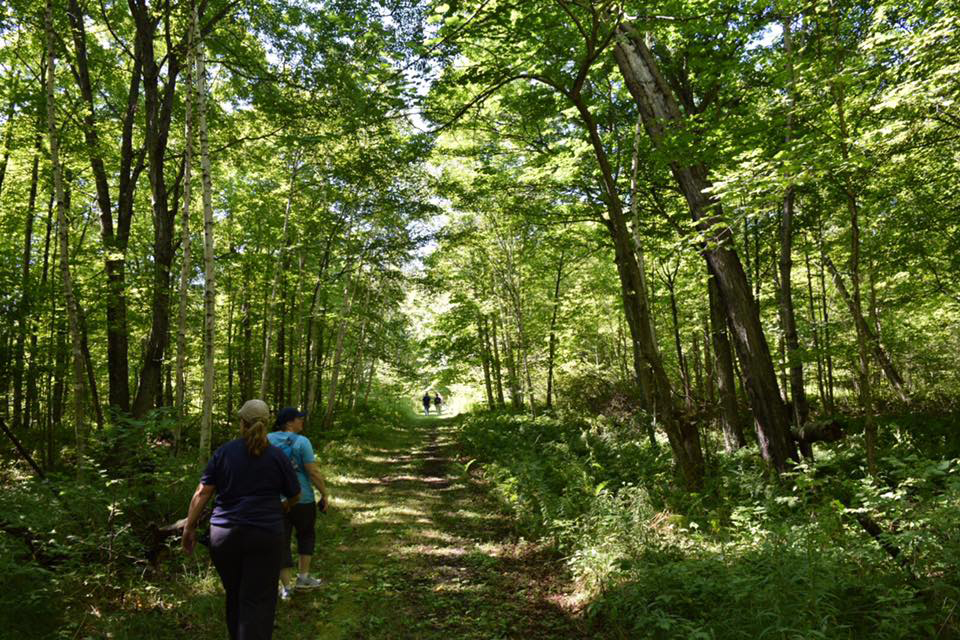
Green Bay National Wildlife Refuge, Wisconsin
This series of islands in Lake Michigan, off the tip of Wisconsin’s Door County Peninsula, provide critical plant and wildlife habitat that would be open to hunting and fishing for the very first time. On Plum Island, once the site of a U.S. Coast Guard facility, shoreline-only fishing has been discussed, and deer hunting could be expanded to a section of Detroit Island. (According to the Friends of Plum and Pilot Islands, special tags have been available since 2016 to manage the deer herd on Plum Island.)
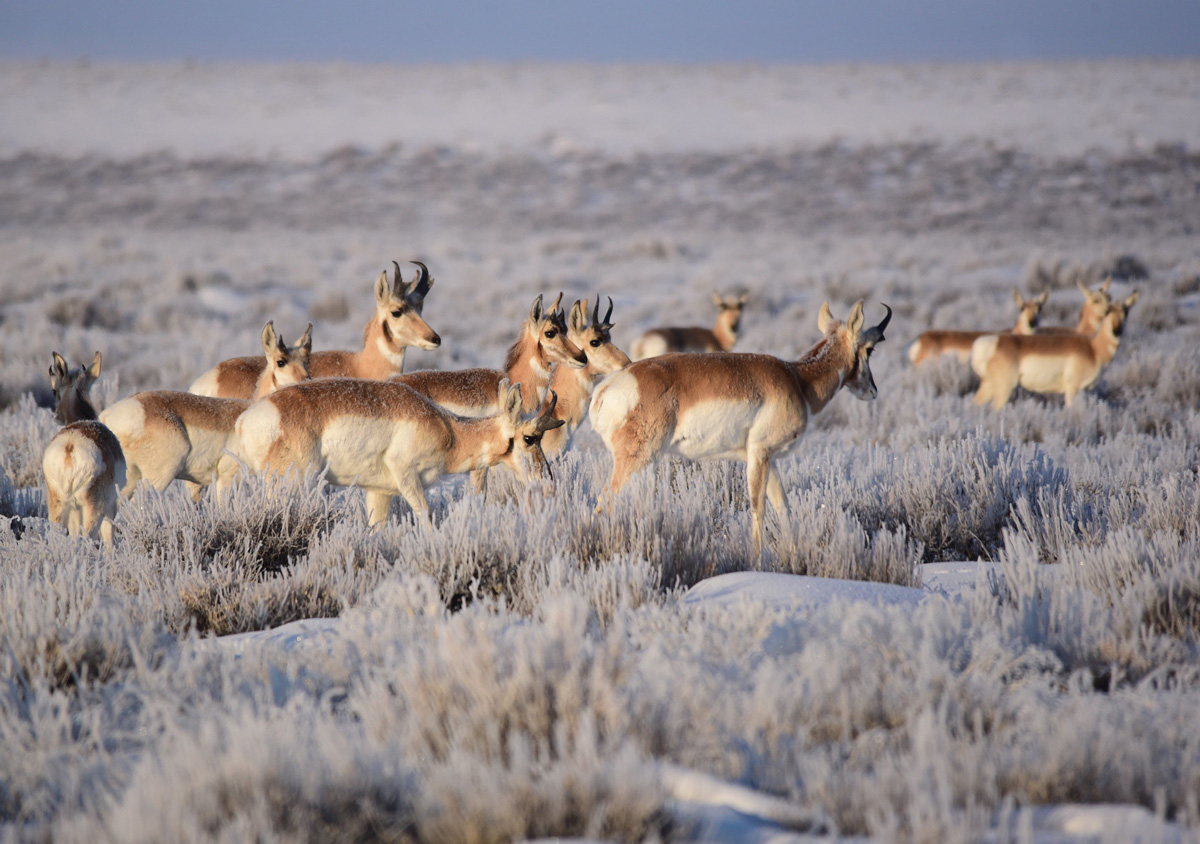
Seedskadee National Wildlife Refuge, Wyoming
Areas already open to some hunting on this refuge in Southwest Wyoming’s high desert plains would allow deer and elk hunting for the first time under the new proposal. Designated units are already open to fishing and hunting for mule deer, pronghorn antelope, moose, ducks, and sage grouse, which actually helped give the refuge its name. Seedskadee is a botched rendition of the native Crow’s name for the Green River: “sisk-a-dee-agie” or “River of the Prairie Chicken.”
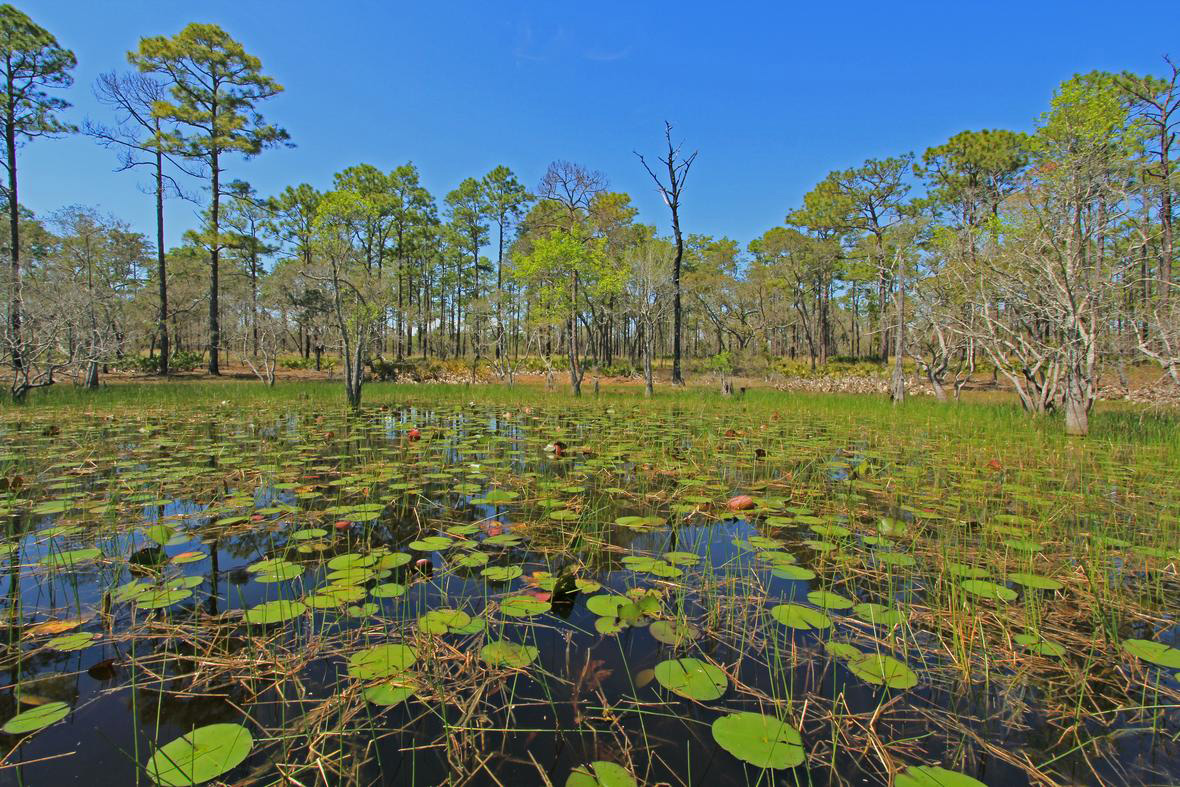
St. Marks National Wildlife Refuge, Florida
The proposal would expand existing upland and big game hunting to additional acres on this refuge, which is home to both freshwater and saltwater marshes and some of the last remaining longleaf pine forest in the Southeast. This might include additional limited permits for deer, hogs, and turkeys.
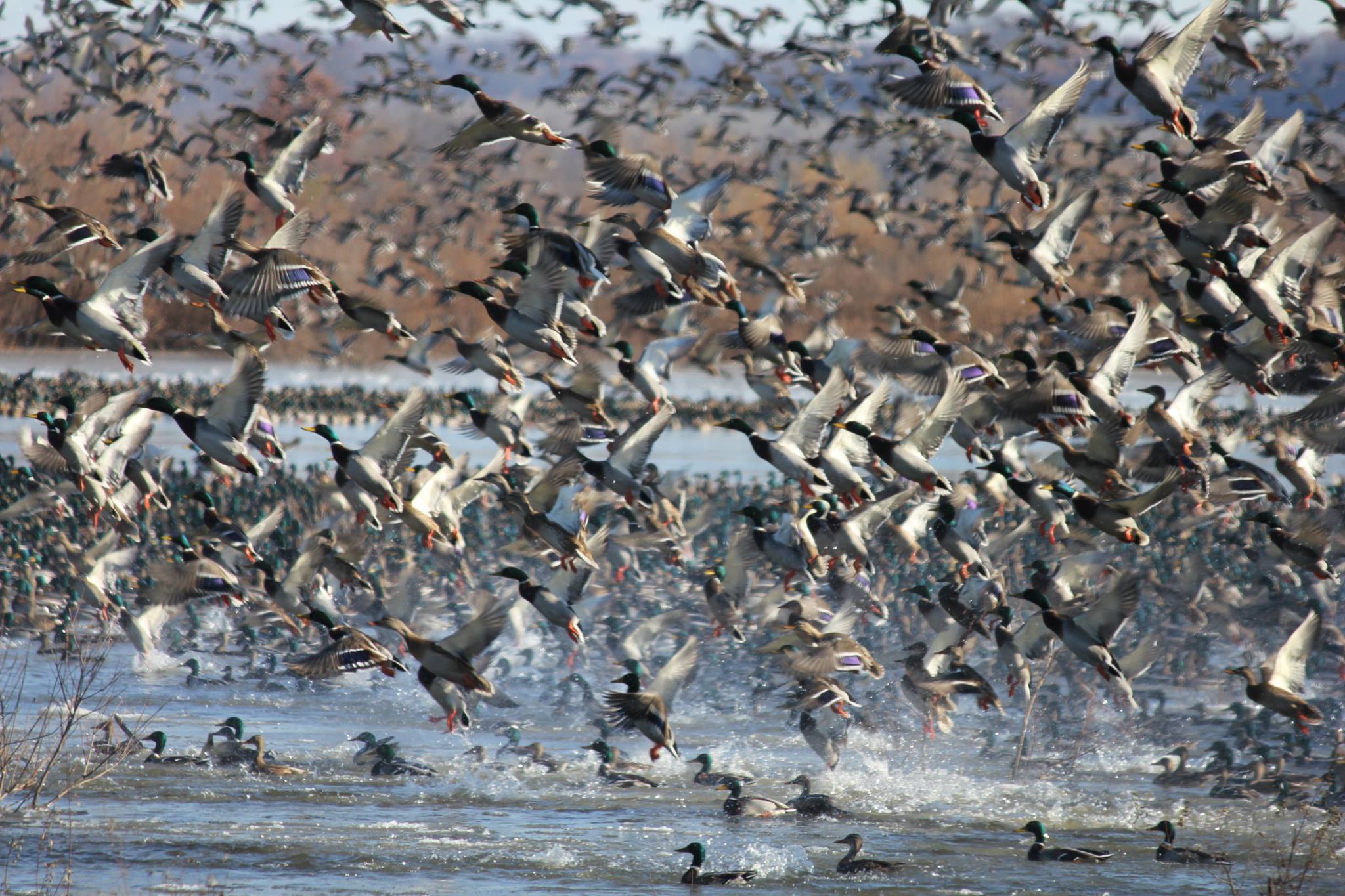
Great River National Wildlife Refuge, Illinois and Missouri
This refuge, which straddles 120 miles of the Mississippi River along the Illinois-Missouri border, would expand its season dates for existing deer, turkey, and other upland game hunting to align with state seasons. The proposal would also offer hunters additional methods—currently there is a firearm season for antlerless deer on Fox Island and special permits for muzzleloader-only deer hunting in the 1,700-acre Delair Division.
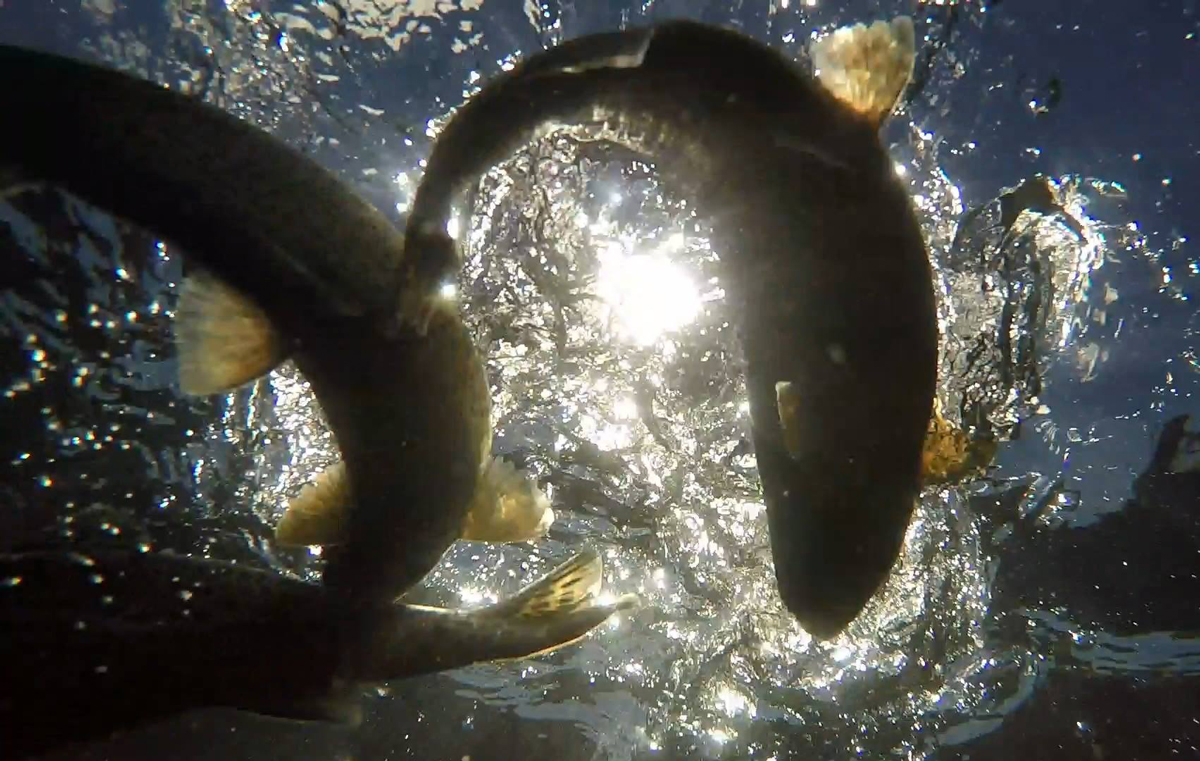
15 National Fish Hatcheries Across the U.S.
Leadville National Fish Hatchery in Colorado and Iron River National Fish Hatchery in Wisconsin would formally open lands for migratory gamebird, upland game, and big game hunting. Inks Dam National Fish Hatchery in Texas and Little White Salmon National Fish Hatchery in Washington are proposing to formally open their lands to recreational fishing.
Always check and follow all refuge and state regulations before taking advantage of hunting and fishing opportunities on U.S. Fish and Wildlife Service lands.
Top photo by Joseph McGowan/USFWS.

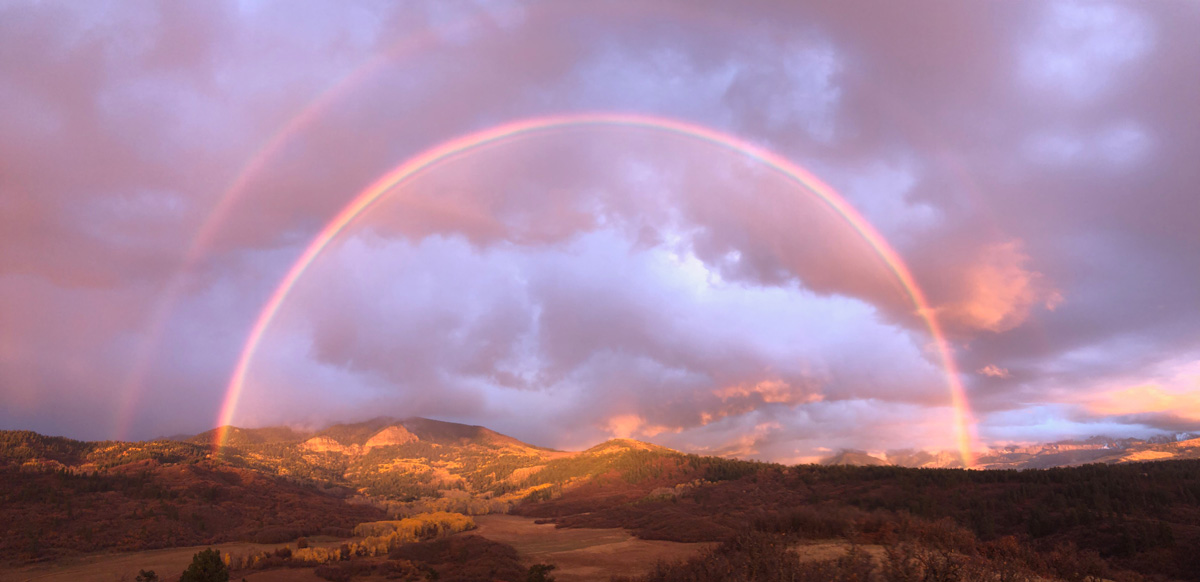
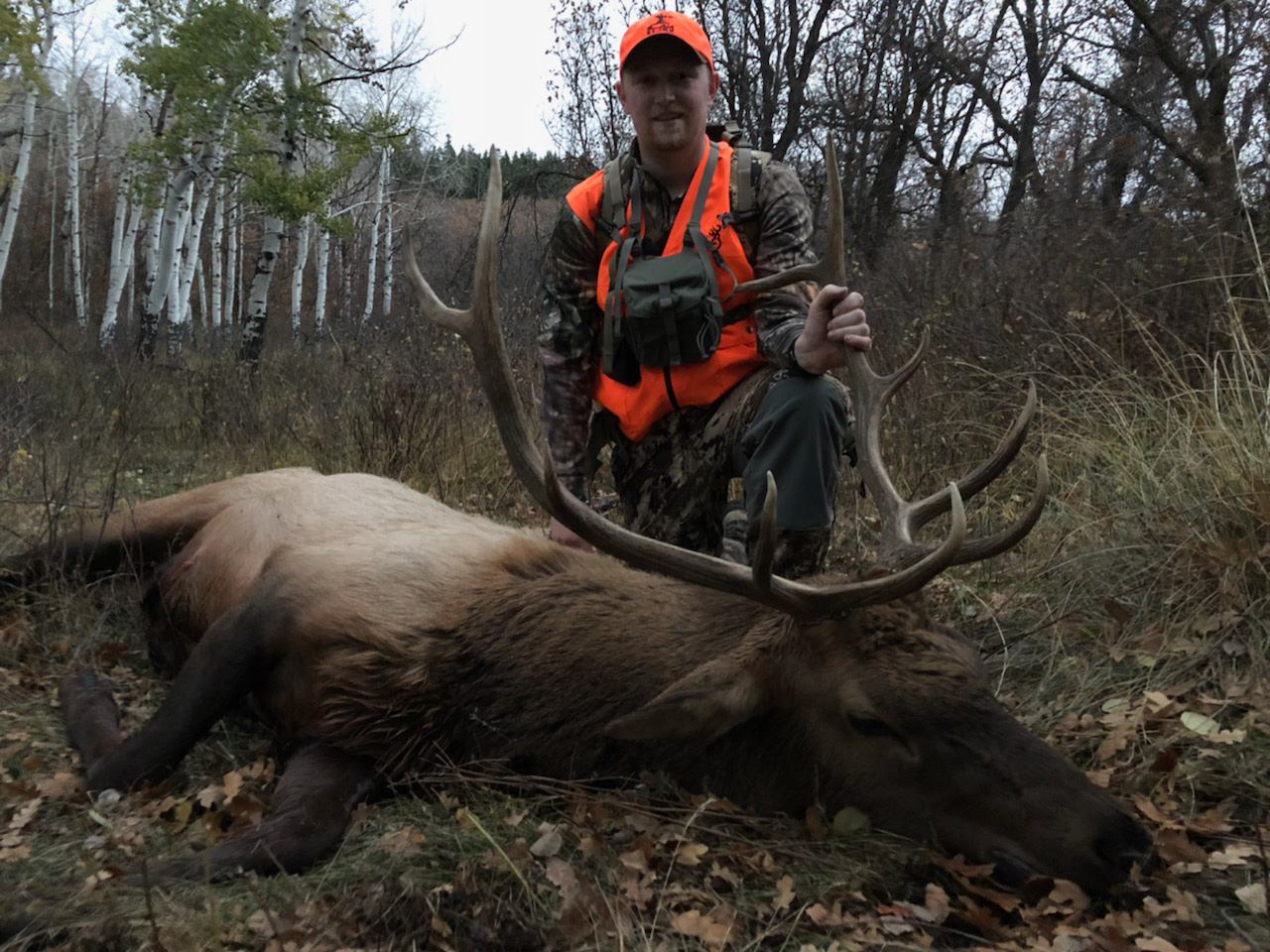
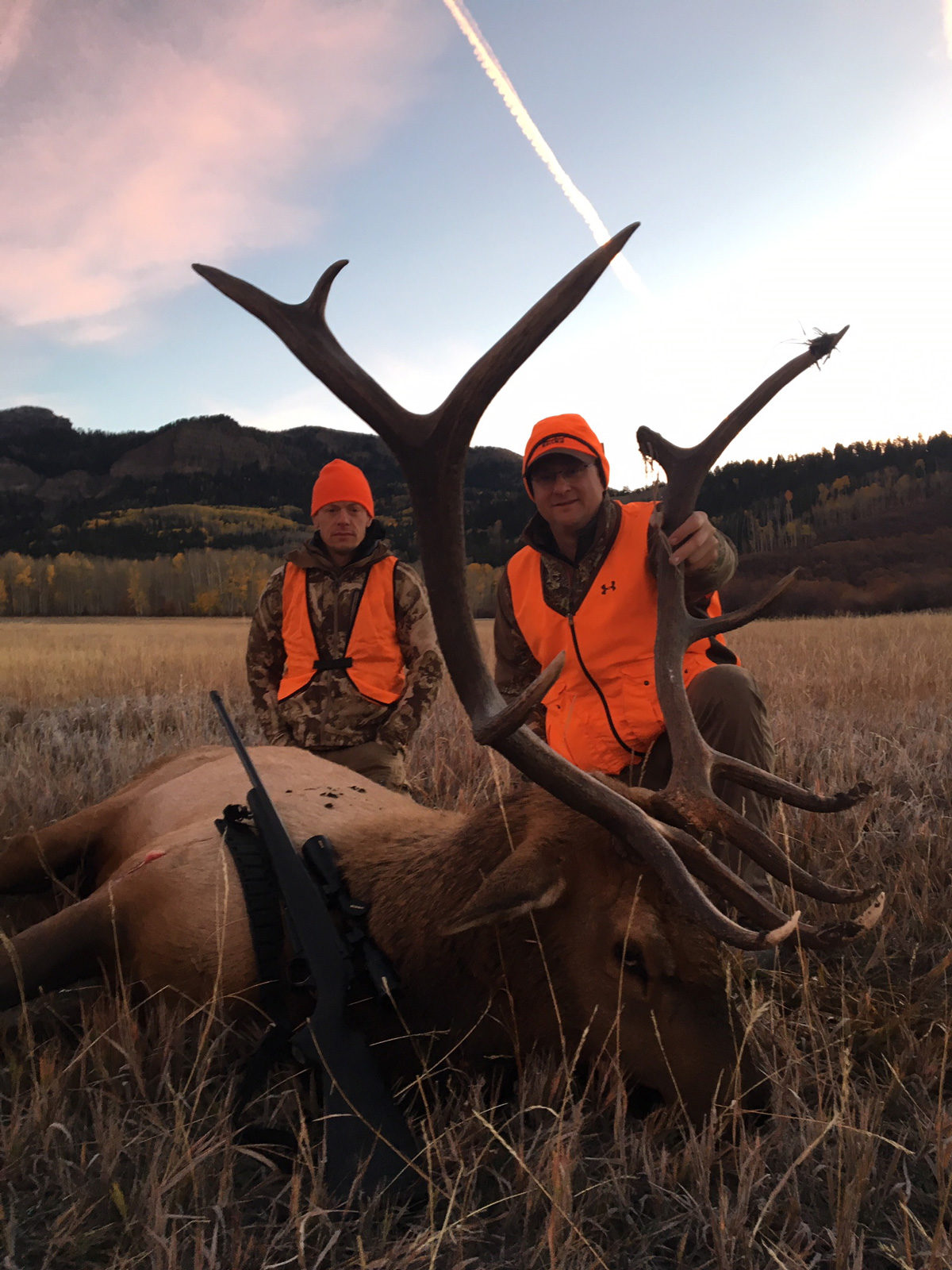
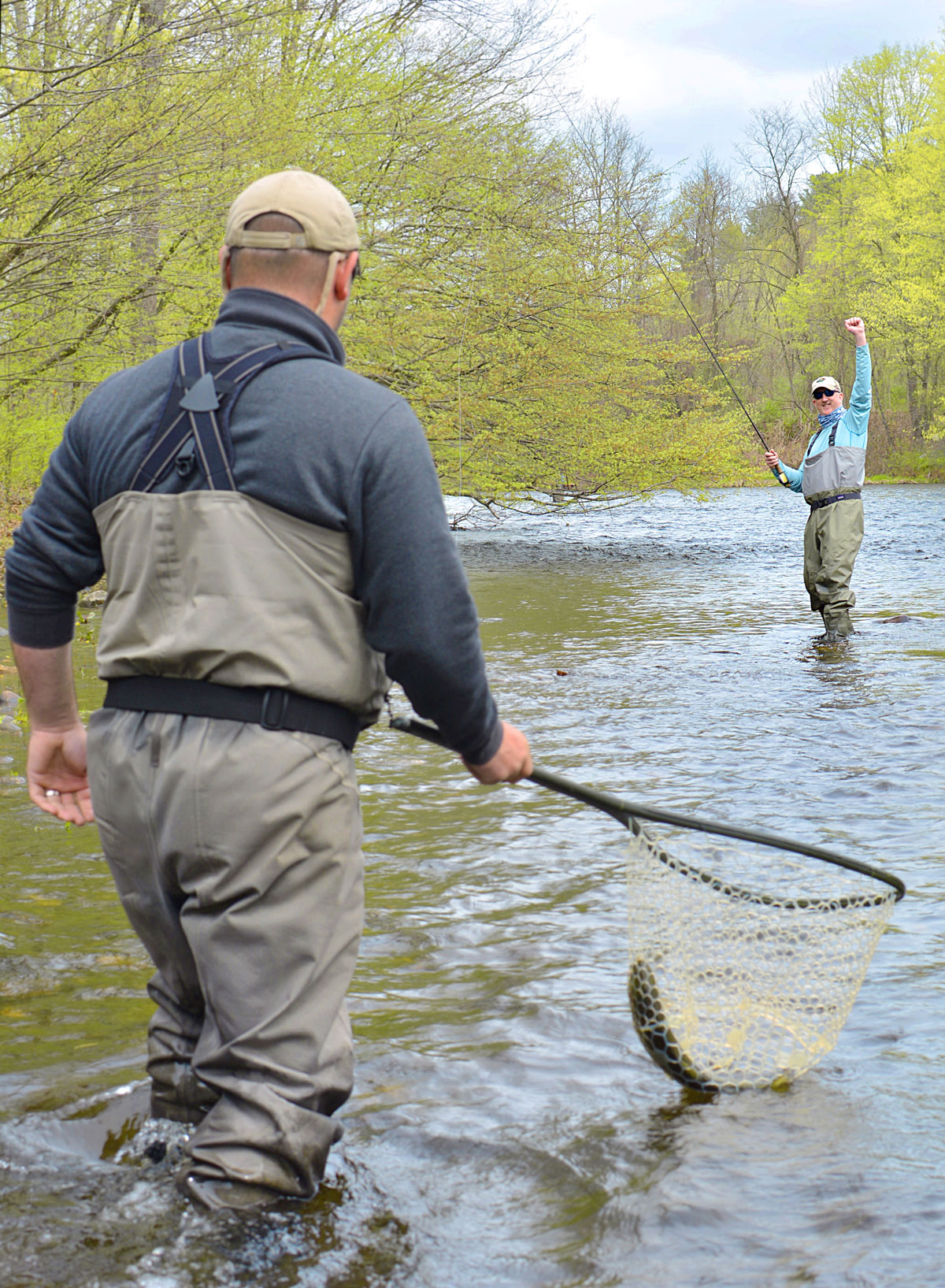
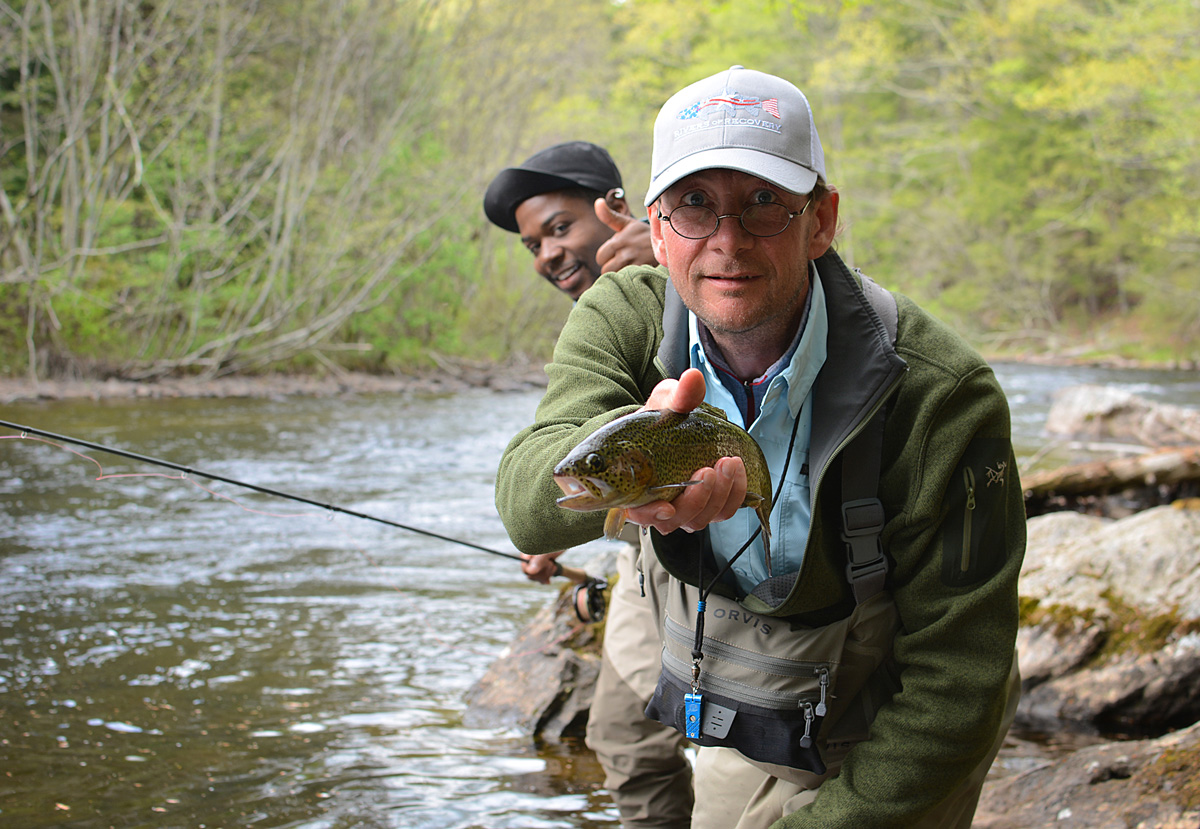
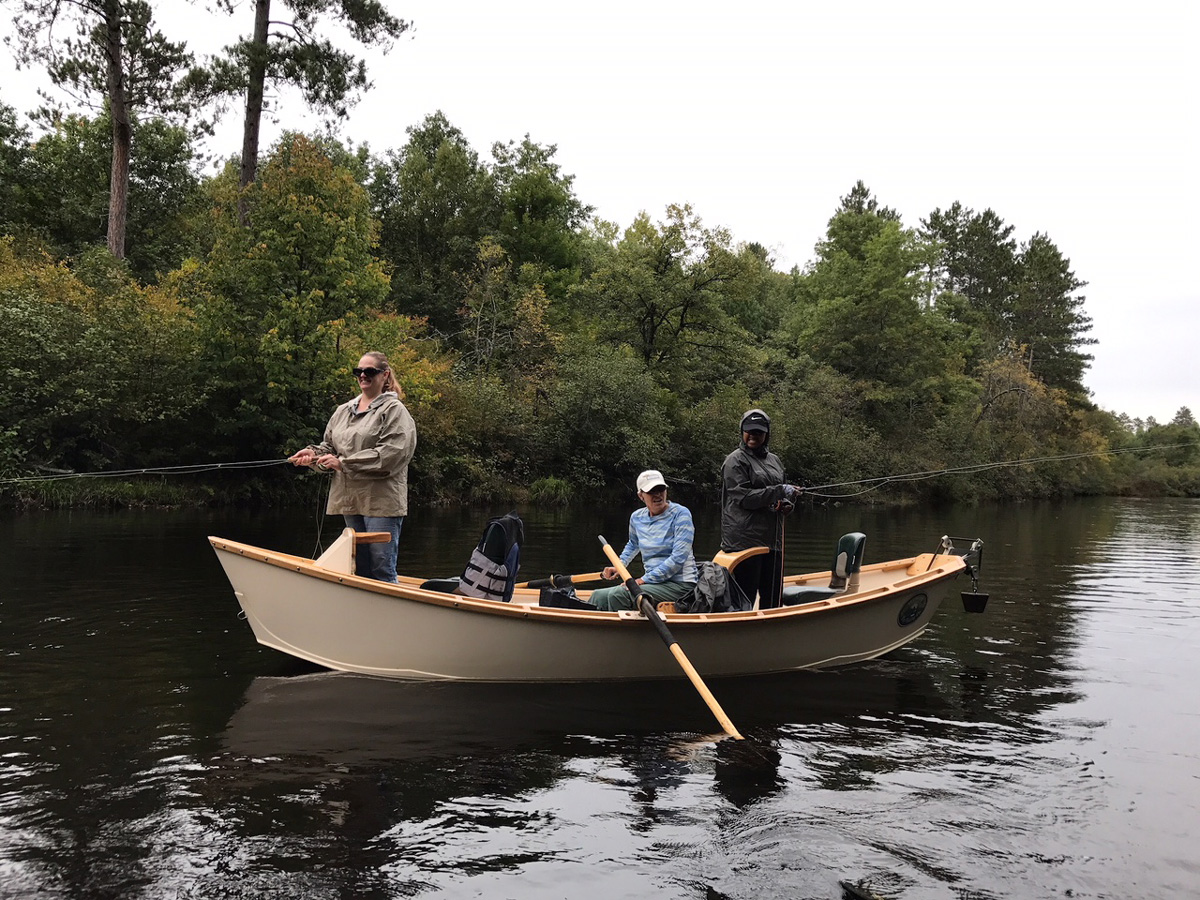
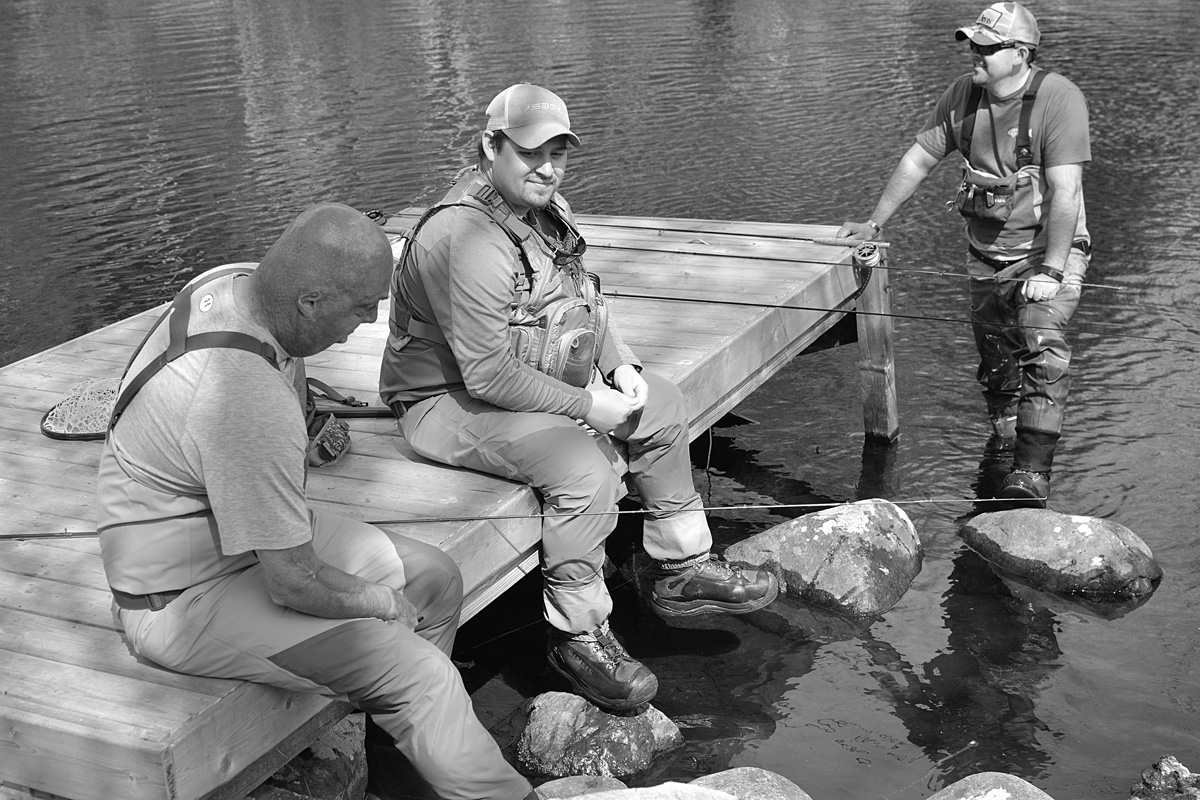
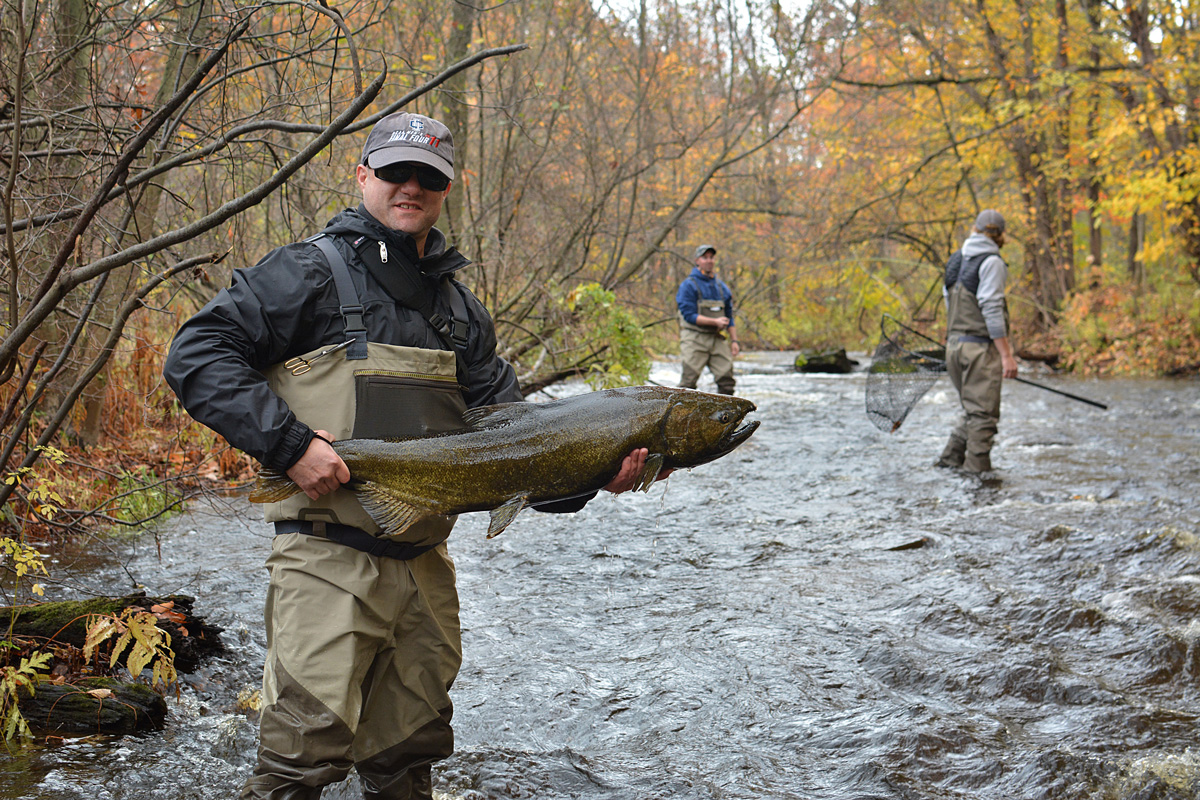




While I accept hunting it does impact the experience of non-hunters.
The hunters are only there for short periods of time. I hope you are willing to share the public land.
and vice versa as well
This is another attack on our environment. Destruction of our wilderness. Promoting the extinction of our endangered wildlife. The Trump administration is unqualified and corrupt led by an illegitament Russian elected traitor coward racist rapist and POS
Great! Hunters and fishermen/women contribute a lot to conservation!
Modern day hunting has never lead to extension of wildlife, on the contrary it has increased almost all wildlife number
Larry- Is your intention to preserve public lands for the the American people? If so, perhaps a more thoughtful, measured and less vulgar approach would more productive in starting a conversation.
Evidence please! What endangered wildlife are being hunted in these areas?If you hate President Trump that’s fine but do nottry to divide the completely bi-partisan issue of conservation.
Shows’ what you know about conservation and protected wildlife. NOTHING
Sportsmen and women are the premier conservationists in this country. We put the most money and effort into it also. Controlled hunting has led to stronger, healthier , more vibrant herds. This is the reason that states with hunting are the same states where you can see wildlife in their natural habitat. At least until the Grizzlies and wolves kill them all.
Nice to have access to lands we pay for. I work, I pay, I play.
this sounds great!
#1. While I accept none hunters they do impact the experience of hunters.
I prefer to get my food from hunting rather then promoting feed lots that actually deliver an unhealthy product that is inhumanly raised and does way more harm to the environment.
Alan Harper, please do even the tiniest bit of research before you speak. The North American model of conservation and recreational hunting are the farthest things possible from an “attack on the environment” and have never led to the extinction of any game species because of over hunting. Hunters and fishermen have contributed literally billions of dollars to wildlife conservation through the Pittman Robertson act on top of the millions of dollars received by state wildlife agencies every year from license sales. Without hunting and the money it generates to fund conservation it would be a very different world for wildlife, and not in a good way.
I love it. We hunter/fishermen spend millions on conservation every year. We are the conservationist.
Seedskadee Refuge has been open for hunting for many years so it’s no big deal. What a tidbit was thrown to Wyoming hunters!
This is good news. More ways to use our land and actively manage wildlife populations. Hunters pay way more then the public towards conservation of wildlife so they should be able to benefit from it
Can TRCP give us some background on why these areas have been closed to hunting and fishing? What will be the effects of opening them? I don’t necessarily oppose these changes, but I can’t believe that this administration is doing anything other than trying to divide the outdoors community.
It is a great thing to see new places open to hunter THE LARGEST SUPPORTERS OF CONSERVATION! Its unfortunate that people who do not hunt are so disconnected from nature. Hunting has always been and will allways be the natural way. Truth be told I have yet to meet a hunter that is not passionate about conservation and the critters they hunt. To all who work tirelessly on conservation and access to public lands. Thank you.
Comments like the previous ones show exactly how difficult our job is when it comes to responsible use and stewardship. I hope that in the future we can continue to do a great job in our discussions with both the non-hunters and entirely ignorant…
Keeping habitat in good condition is made by Hunters & Fishermen & women. We need to keep their support and adding additional places to Hunt, Fish, Camp and visit are the most important items.
This is great news! It’s too bad that instead of celebrating the additional access this will create some feel compelled to launch multiple baseless accusations against others. Kudos to those that worked to secure this access for the American people.
The FWS budget and staff levels have been declining for years. All of the refuges and other programs are understaffed.Now, FWS law enforcement staff are being sent to the border with Mexico to help ICE. Who is going to manage and enforce the hunting and fishing regulations on the existing areas and these new areas. These staff reductions are part of a long running effort to first reduce the FWS budget and staff and then say these areas should be transferred to state ownership for “management.”
I sure hope that this is not a distraction for the sale of more of our public property to oil and mining companies. 1.75 million acres so far not to mention the reduction or bears ear and others. Habitat is taking a huge hit and opening our refuges could spell a decline of our fish and wildlife.
The Wyoming State Constitution was amended some time back to allow Wyoming Residents the RIGHT to hunt, fish, and trap in Wyoming no matter what legislation the Fed passes. All sounds good to me. Furthermore, if you oppose game species management, and are not employed in the management of such, then you are neither a hunter or outdoorsman just a complainer with an agenda.
Hunting and fishing have always been part of national wildlife refuges if compatible with the purposes of the refuge. These “new” access opportunities don’t sound any different than when I was a Refuge Manager and we were constantly re-assessing how to optimize hunting and fishing within our refuge, balancing it with other mandates including sometimes preservation, other times managing wildlife populations, migratory bird needs, and public recreation. This feels like a political ploy to make people believe that this administration is prioritizing hunters and anglers, part of Trump’s base, when it is no change at all from a policy standpoint.
As someone actively engaged with the USFWS in Florida raising support and funds for a new NWR north of Lake Okeechobee and engaged in adding new public access, including hunting, on several Florida Refuges, it is encouraging to see these new opportunities for recreation on our public lands. Hunters help finance the Refuges. We treasure the lands and waters crucial to healthy wildlife populations.
Hunters and fisherman have been and continue to be the primary supporter and funders of wildlife, fisheries and habitat in the U.S. It is refreshing that they are given increased opportunity. As a retired federal biologist I remember what a prof in college told me, “Don’t trust a biologist that doesn’t hunt and fish. They only want to be an observer of the ecosystem, not a participant.”
wow there is passion involved here with this topic. Settle down everyone. Everyone should get a share of new access points. Hunters,fishermen/women, bird watchers hikers EVERYONE.. Just make sure you set the rules and make sure they’re followed. if your caught you are out. For life ! no trash, cigarette butts, off road damage, etc.
Leave it pristine, act like a steward of the planet and enjoy. My bow hunting season opens end of August. I get to live on and off again backpacked in, miles in. I leave nothing behind, I expect everyone to do the same. If you can’t and have to be a rule breaking pig, or act like rules don’t apply to you, hope you go to jail.
WE can all benefit from this if we do it as responsible stewards of the land. Why the politics and name calling this why we are in the period we are in lets do this as responsible conservationist.
They won’t be wildlife refuges if we open them to hunting now will they? I am a hunter but I don’t feel there is a lack of opportunity for hunters, therefore I don’t support opening wildlife refuges and fish hatcheries to hunting and fishing. Why can’t we just leave things be. I’m sure the interior department is not worried about hunters and fishermen, they probably have other agendas that won’t be favorable to hunters and fishermen..
In case everyone doesn’t know, Large portions of land is landlocked by private land owners. Access to these lands will need to be bought, as a right of way.
A Refuge should be just that…A Refuge for wildlife away from hunting….